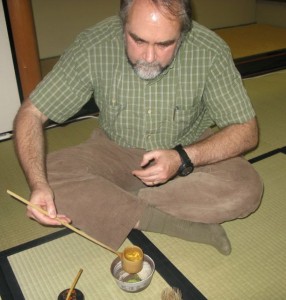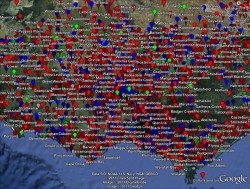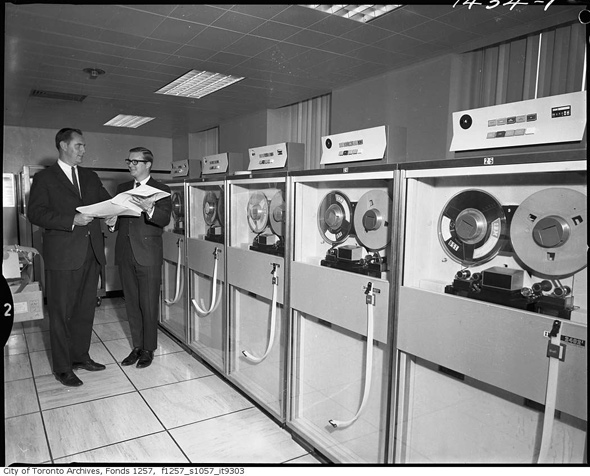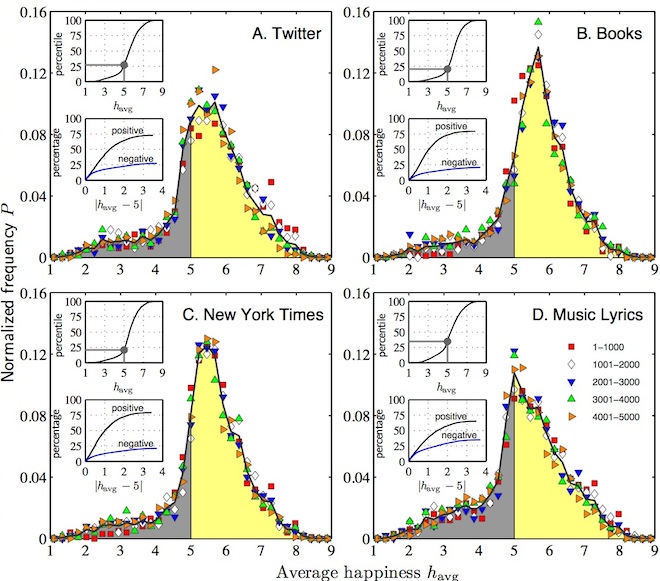 A great resource for game studies is The Arcade Flyer Archive. The archive includes high resolution scans of flyers for video games, arcade games and pinball machines. For example here is the flyer for the original arcade game Donkey Kong when Mario was still a carpenter.
A great resource for game studies is The Arcade Flyer Archive. The archive includes high resolution scans of flyers for video games, arcade games and pinball machines. For example here is the flyer for the original arcade game Donkey Kong when Mario was still a carpenter.
EVERYONE’S GOING APE OVER DONKEY KONG!
“HELP! HELP!” cries the beautiful maiden as she is dragged up a labyrinth of structural beams by the ominous Donkey Kong. “SNORT. SNORT.” Foreboding music warns of the eventual doom that awaits the poor girl, lest she somehow be miraculously rescued. “But, wait! Fear not, fair maiden. Little Mario, the carpenter, is in hot pursuit of you this very moment.”
It would be interesting to do text analysis on the text or image analysis on the page images.






